How to Use a Garden Hoe Like a Professional
Pick the hoe for your garden. Stand firm, push, and pull the tool through the soil to transform the dirt into a luscious garden. Knowing how to use a garden hoe like a professional makes your days weeding, cultivating, making furrows, and hilling crops efficient. There are several tools in the garden hoe family, let’s dive in.
Types of Garden Hoes
Learning how to use a garden hoe correctly depends on which tool you will be using. The garden hoe is a collection of tools designed to help with weeding, cultivating, furrowing, and maintaining garden beds. The best hoe for your garden or needs at the time is determined by the garden and the task for the day. Gardens with traditional in-ground garden rows are different from raised beds and container gardening.
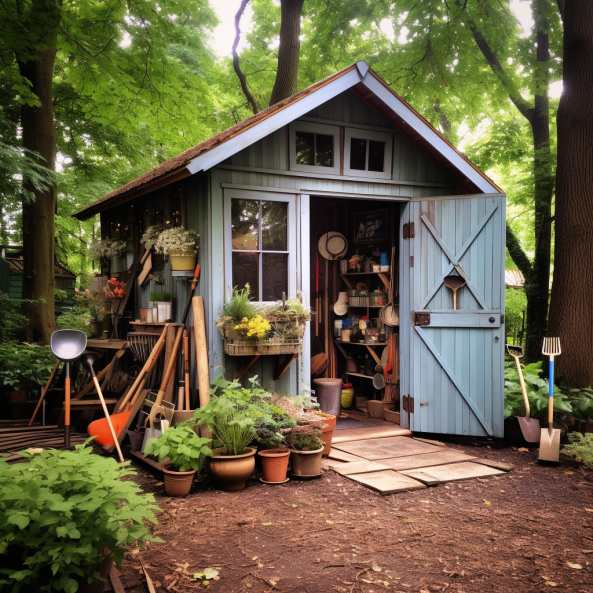
Single Wheel Hoe
The best wheel hoe on the market for most homesteaders with a decent garden is the single wheel hoe. The single wheel and oscillating blade work efficiently down the rows and paths of in-ground garden beds. When you need to maintain large gardens with rows 10 feet or longer this is the tool you want to have in your garden shed.
Simply pull the tool back and forth and you move down the row. When starting a fresh garden bed at the beginning of the season you can get a little speed going to quickly cultivate the soil and kill any emerging weeds with ease.
Double Wheel Hoe
The double wheel hoe has two wheels as the name suggests and is excellent for pushing and pulling through all soil types. The double wheel hoe excels at cultivating soil when using the cultivator attachment for the wheel hoe. While the attachments can be used on all of the hoes made by Hoss tools, the double wheel hoe has the stability and support to really work tough ground with the implements designed for breaking up hard soil and cultivating it during bed preparation.
Similar to the single wheel hoe the tool is pushed forward and backward as you walk down the bed when using the standard oscillating blade for weeding. When cultivating or making furrows simply push the tool forward as you walk behind. Similarly, with the seeding attachment, walk down the bed in a straight line.
High Arch Wheel Hoe
The high arch wheel hoe is a specialized version of this hoe. It is designed to do all the traditional tasks of the wheel hoe, yet it excels in hilling crops such as potatoes and corn as they get established. Using the plow set attachment to push the high arch wheel down the middle of the row of crops. This will raise the level of the soil right next to the stalk of the plants. This serves two purposes. Firstly, the plants gain extra support and stability to continue to grow straight up without falling over. Secondly, the soil covers the soil which helps root development for corn and protects the growing tubers from the sun for potatoes.
If you grow a large plot of corn or potatoes on your homestead this tool should be considered as a specialized addition to your garden shed. Do all the normal wheel hoe tasks for prepping the garden beds and cultivating the soils and then hill your calorie crops.
Stirrup Hoe
The stirrup hoe is a single-handle hoe with an oscillating blade at the end. This tool is the perfect cultivating tool. Sometimes it is referred to as a hula hoe, shuffle how, or loop hoe. This is perfect for working close to crops while weeding and breaking up the soil surface. Unlike the wheel hoes, the Hoss stirrup hoe is designed to work in both in-ground garden rows and raised beds. The hoe works down the rows and in between the plants in the rows. Weeding the area in between each plant is a breeze with this tool.
Specialized stirrup hoes made from wire are known as wire hoes. They are designed to work quickly around mature gardens removing emerging weeds from plants. Market gardeners maintaining long rows of lettuce, beets, radishes, etc. need a tool to quickly work down the beds eliminating the weeds from in between plants. This tool cuts the weeds when the plants are super thin without disrupting the root zone of the important crops nearby.
Traditional Garden Hoe
A traditional garden hoe is a classic tool. More formally known as a paddle or draw hoe this tool has a rectangular paddle at the end that is angled at 90 degrees. Use with both a pulling motion along the surface to remove weeds or with a short chopping motion to remove tougher weeds and break up soil clumps near the surface of the bed.
It accomplishes all of the tasks necessary for a healthy garden. While some hoes are more specialized for weeding and cultivating and others are designed for hilling and trenching furrows. The traditional garden hoe can do them all decently. Of course, the specialized ones will excel best. If you can only have one tool in your garden the classic garden hoe is an excellent choice.
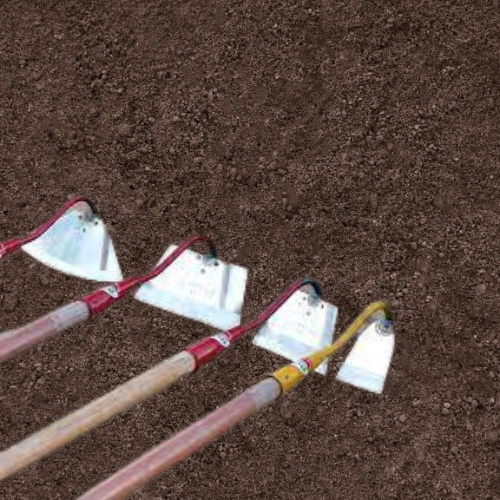
Warren Hoe
The Warren hoe is a specialized tool for digging shallow furrows and trenches in garden beds. This makes planting transplants from trays or seeds by hand simple. Place the transplant in the trench and cover it up. Similarly, place all the seeds down the row and then come back through with the hoe and knock the soil off the top of the trench back into the furrow to cover the seed for germinating. A warren hoe is not only for planting vegetable gardens. The trenches that it creates make planting flowers and bulbs a breeze. Easily plant pretty flower beds, transplant vegetables from trays and direct sow seeds into the ground in rows. Planting crops such as peas, carrots, beets, and more with the Warren hoe is a breeze. This is a tool with a purpose.
Small hand Held Hoe or Trowel
Gardeners with a single raised bed or a patio filled with container gardens do not need to invest in a full-size garden hoe. A simple hand-held trowel or small hand held hoe will do the job. Always match the tool to the garden. A short-handled hoe will get the job done better than a full-size tool when working with big containers.
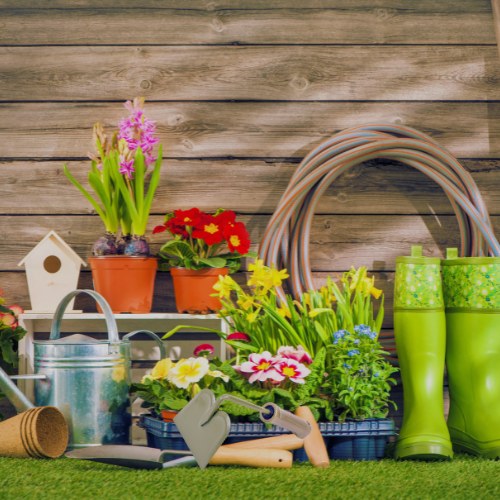
Tasks for Garden Hoes
A garden hoe is a go-to tool for every gardener small or big. The hoe is an essential tool for weeding and cultivating the soil. This man-powered tool is designed for killing weeds as they emerge in the top couple of inches of soil. Short downward swings with a traditional hoe or back-and-forth movements with a hula hoe make removing weeds easy.
Using a Garden Hoe
Understanding how to use a garden hoe properly is important for working without causing strain to your back. The hoe is designed for optimal work in the garden without causing harm to yourself while working.
- Stand up straight when working with a hoe. It is best to not be hunched over.
- Staying in an upright position is better for your back and allows you to make long strokes as you work through the garden.
- Holding the hoe in your hands spaced apart similar to using a broom is a good place to start.
- Angle the blade of the hoe so the tip enters the soil right at the surface layer.
- The hoe is best when used in broad long fluid sweeping motions gliding across the surface of the soil slicing the weeds right at the base.
- Alternate hands so you adjust which hand is pulling and guiding to help reduce strain and overworking muscles in arms and shoulders.
Always get the roots out of the soil so the sun can kill them.
Weeding
The hoe is perfect for weeding. The paddle or draw of the hoe is designed to slice off weeds right at the surface of the soil. Whether gliding the hoe over the surface of the soil to remove the thinnest of weeds. Or using a chopping motion to break up the tough roots. A garden hoe is a staple of gardeners around the world.
Even market gardeners that have large pieces of equipment like a BCS walking tractor or a full-size tractor will spend significant time during the growing season maintaining the soil with a hoe in their hand. Few tools are more associated with the task of weeding a garden than the hoe.
Cultivating
Learning how to cultivate a garden with a hoe is important. Cultivating the soil at the start of the growing season and in between crops during the season is vital to plant growth. Soil cultivation allows the top layer of the soil to be broken up into a soft-growing medium for healthy root development. The cultivation process adds oxygen to the soil. Mixes in soil amendments and compost when applied prior to cultivating the ground.
Using the cultivator tines on a wheel how and working the tool back and forth several times on the garden bed will accomplish the task. Alternatively, using a paddle hoe to chop up the soil as you move don the bed will also cultivate the top 4 inches of soil.
Furrows
Building furrows is an important part of planting new crops. A furrow is a simple trench that is dug into the ground. A furrow may be as shallow as half an inch or as deep as 6 inches depending on the plant getting planted. The furrow will run the entire length of the garden bed. Either use a furrowing attachment to a wheel hoe or a specialized hoe like a warren hoe. Another option is to use the paddle hoe turned at an angle using one corner of the hoe to drag and create a v-shaped furrow.
Once the furrow is created plant transplants or direct sow seeds to the grow. Then cover the trench with the soil that was built up to bury the transplants or seeds.
A seeding attachment to a wheel hoe makes planting seeding easier. It includes both a furrow for creating the hole and a plate that covers the furrow and seed automatically. When planting large numbers of garden rows with seeds, consider getting a wheel hoe that has a seeding attachment. The single-wheel hoe from Hoss Tools has a seeder attachment and is an excellent option for homesteading gardeners and market gardeners alike.
Hilling
Hilling potatoes and corn is important. The best tool for the task is the high arch wheel hoe. It has an attachment for pushing soil up onto the base of the crops. Using a hoe to hill plants accomplishes two things. Firstly, the soil around the plants is built up which reduces potential light on the emerging tubers when growing potatoes. As a result, the built up soil also provides stability for the plant to continue growing up. Secondly, the covered soil around the base of the plant encourages root development. Corn plants need the additional stability as they put on weight from maturing ears of corn. The extra water from roots near the surface allows the plants to increase sugar protection in the ears
A Hoe in Every Garden Shed
Every garden shed needs a good hoe or two. Now that you understand how to use a garden hoe, lets get out there in the backyard and create beautiful garden beds that are weed free. I started with a traditional hoe, then got a stirrup hoe, followed by a wheel hoe. As your needs in the backyard garden evolve, get the right tools for the job. Happy gardening and good luck hoeing.
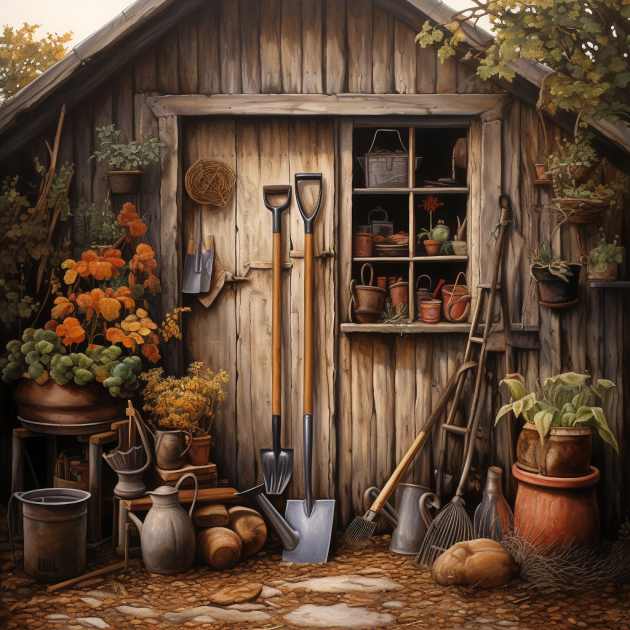
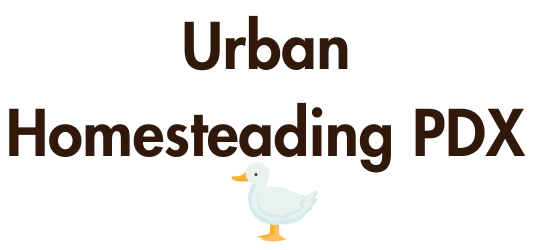
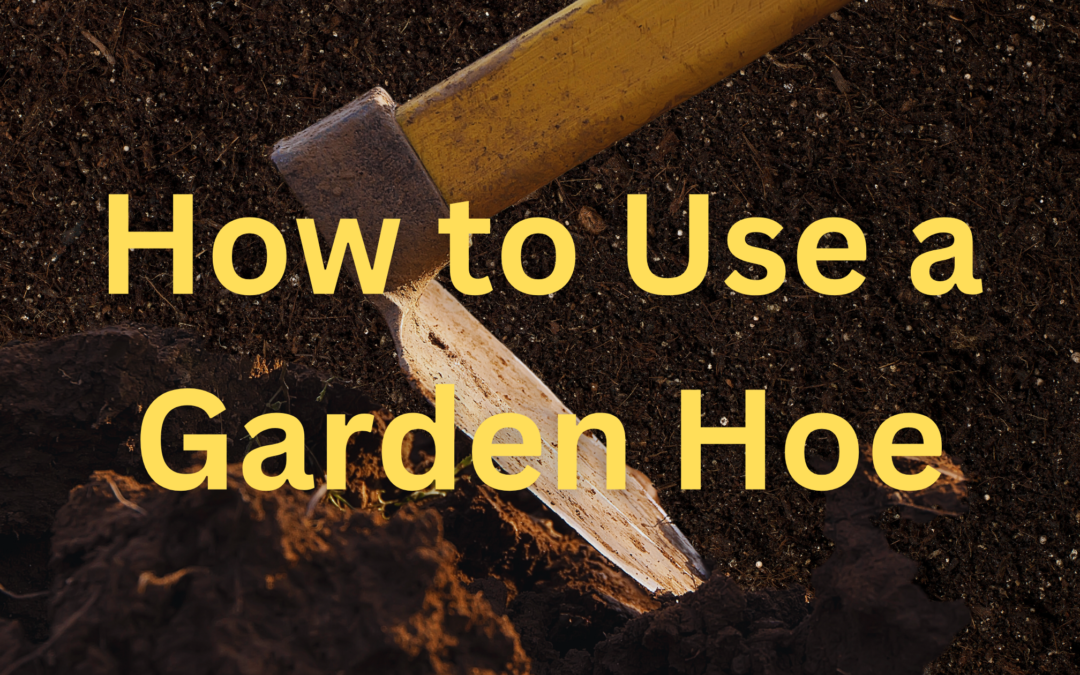


Recent Comments